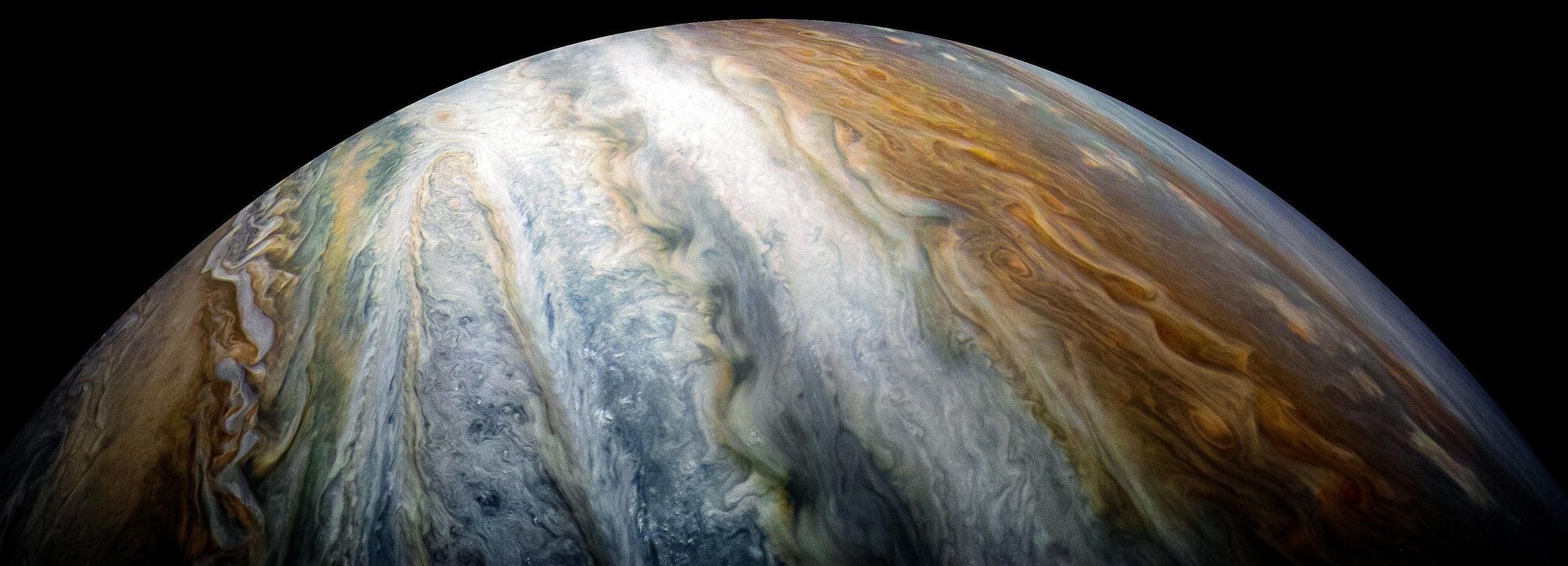Of all the planets in our Solar System, Jupiter is probably the most interesting to look at. It’s just a big ball of fast-moving gasses in all kinds of wild colors. The planet hosts storms that could swallow the entirety of Earth, and while we can see lots of neat things happening near the planet’s cloud tops it’s a lot more difficult to determine what is actually going on deeper inside the planet.
Now, thanks to some fancy calculations and jet stream models inspired by Earth’s own weather patterns, researchers have a new theory on just why Jupiter’s crazy bands seem so perfectly arranged.
In the study, which was published in The Astrophysical Journal, scientists explain that the jet streams on the planet are likely cut off by magnetized gasses deeper within the planet. The jet streams control the flow of gasses around the planet’s outer atmosphere where colorful bands of ammonia twist around the planet. These jet streams stretch many miles into the planet, but stop once they reach the magnetized gasses closer to its center.
